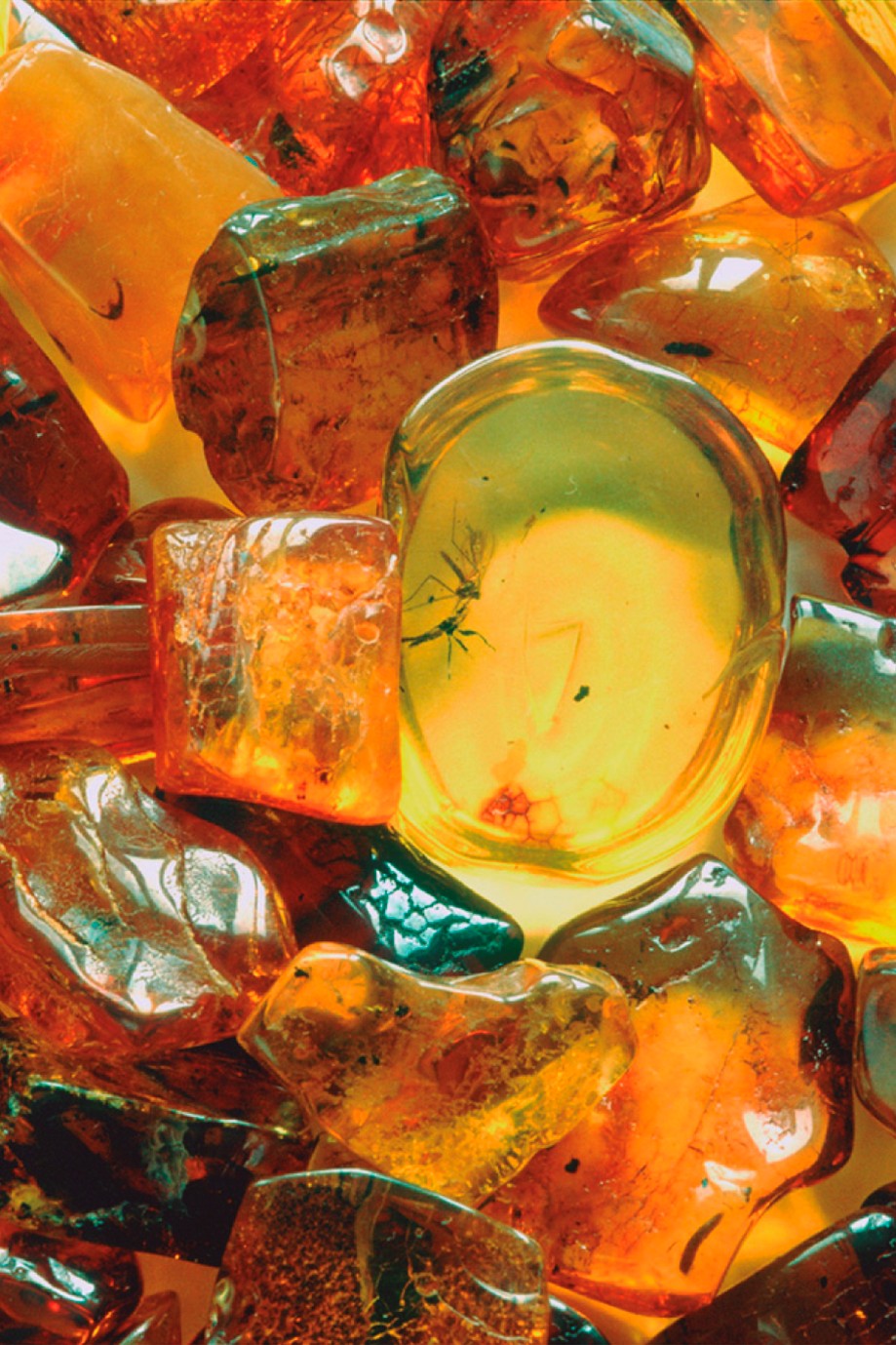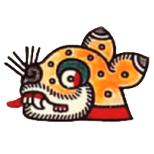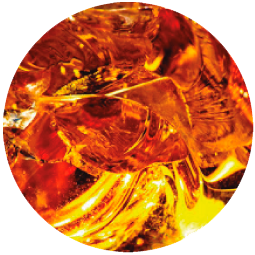
AMBER
SUMMIT
The art of time crowns our bottles. Oneiric pieces of amber from Chiapas, sculpted with patience and passion. It is the symbol that unites the ancient experience of our mother earth and the skill of the craftsman, who uncorks and allows the intoxication of his talent to flow.

OUR PLUGS
THEY ARE SCULPTED IN CHIAPAS
Amber (Chiapas) 2000. Amber is a fossil resin of great transparency and brightness, whose only known deposits in Mesoamerica are located in the highlands of northern and central Chiapas.
The amber located in zone VII Los Bosques, comes from the Tertiary era, with an approximate age of 25 to 30 million years. In this municipality, around 292 kg are extracted per month, equivalent to 90% of the extraction of the product in the country. One of the largest amber exudations in the world was found in Mexico, weighing 11.7 kg. Chiapas amber is the hardest amber in the world (from 2.5 to 3.0 on the Mohs scale), a quality that gives it high international prestige as a material for carving and sculpture. In addition, it is also the one with the greatest variety of colors.
In its natural state it appears in the form of nodules of yellow, reddish or golden color, within strata of marine calcareous sandstones and layers of lignite in geological formations corresponding to the final part of the Oligocene and the beginning of the Miocene, with an antiquity of 22.5 to 26 millions of years. It has been determined that its paleobotanical origin was the resin of a legume of the genus Hymenaea, ancestor of the tree known locally as guapiñol.
For a resin to turn into amber, several factors are necessary. First of all, as it is quickly covered by vegetation and soil, it resists decomposition caused by the sun, rain, air, extreme temperatures and microorganisms. After millions of years, the resin hardens and the essential oils are reduced, and it turns into amber.
The name “Chiapas Amber” is applied to the semi-precious stone of vegetable origin, and to the products derived from it, such as jewelry, art and religious objects, among others. Since pre-Hispanic times, amber was highly valued for making ornaments and carrying out commercial exchanges. The different stages of craft work are, traditionally: selection of rough stones; study to determine its use; carving and cutting to outline the models; polished with sandpaper and gloss paste; final cleaning done with the most demanding care; and finally, the setting to mount the stones in precious metal. On November 15, 2000, the general declaration of protection of the denomination of origin “Ámbar de Chiapas” was published in the Official Gazette of the Federation (Mexico).


